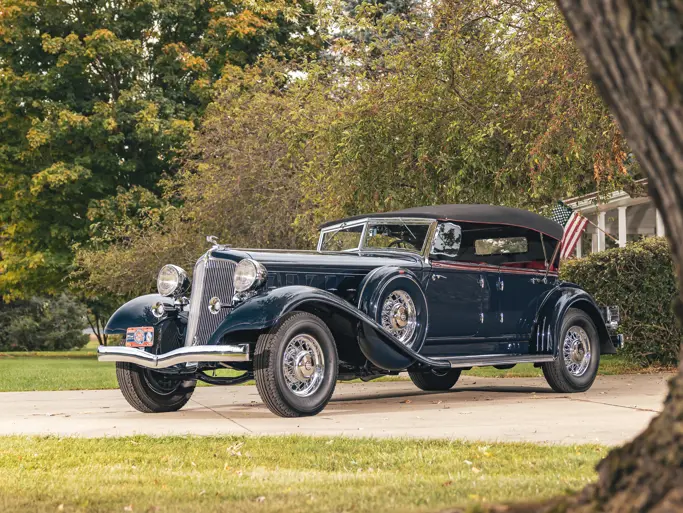Please Note: Information regarding these museum display vehicles was provided by the National Military History Center and has not been independently verified by Auctions America by RM ("AA"). As such, AA does not verify, warrant or guarantee any of this information. Prior inspection and research by the buyer is highly encouraged and recommended.
ATTENTION: Buyers are responsible for securing transportation and moving/loading of lots. Lot may be left on display indefinitely in the museum free of charge with a signed loan agreement form. Lots are sold as is, where is.
Please note this is being sold on "Bill of Sale" only.
Manufacturer: Humber Ltd., Coventry, United Kingdom
Production Year: 1940
Engine: Two, Hillman 14-hp
Transmission: Two Hillman transmissions
Drive: 6x6
Length: 11-feet, 3-inches
Width: 4-feet, 4-inches
Height: 6-feet, 3-inches
Weight: Approximately 3-tons
Armor: None
Armament: None
Crew: Two
Carrying Capacity: Eight men or up to 1-ton of supplies
Fording Depth: Unlimited (amphibious vehicle)
Markings: British Army
The Hexonaut was a prototype vehicle that was produced during the early period of World War II. The two engines and transmissions independently drove the two sides of the vehicle. All six wheels were connected to the power train to give the Hexonaut six-wheel drive. The Hexonaut did not have a conventional steering design. Instead, it featured a skid-steering system (the driver uses levers instead of a steering wheel) that, similar to tanks, required the wheels on one side of the vehicle to be braked in order to turn the vehicle. The amphibious Hexonaut relied on the tread of its tires to function as small paddles to provide propulsion and direction when in water. In addition to being designed as an amphibious vehicle, the Hexonaut’s design requirements included the ability to be air-transported in the Allies’ most numerous transport aircraft, the C47 “Dakota” (or ”Sky Train”). The unusually narrow profile of the Hexonaut illustrates the limitations of this design requirement. Only three prototypes of the Hexonaut were produced. This example is the only known survivor. It was sold after the war to a civilian logging company and used in that capacity until the 1950s.



 | Auburn, Indiana
| Auburn, Indiana


